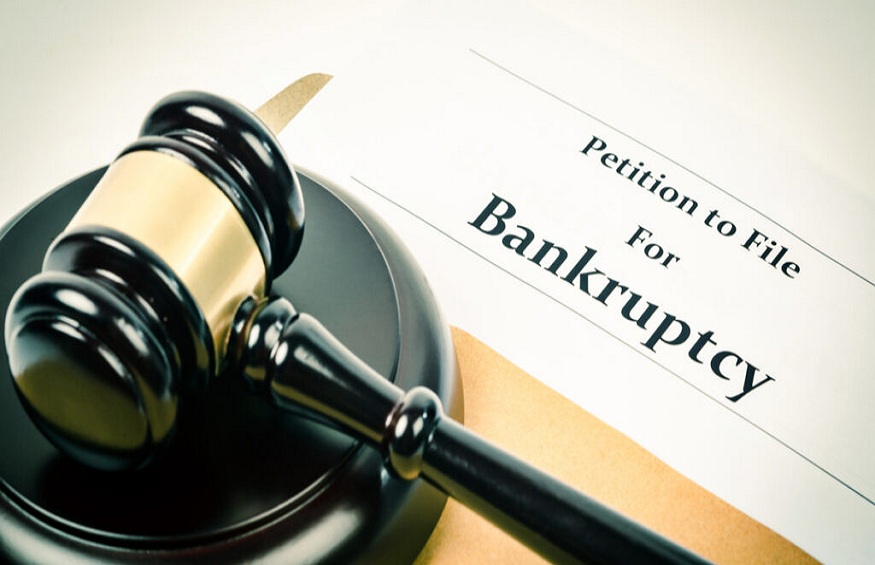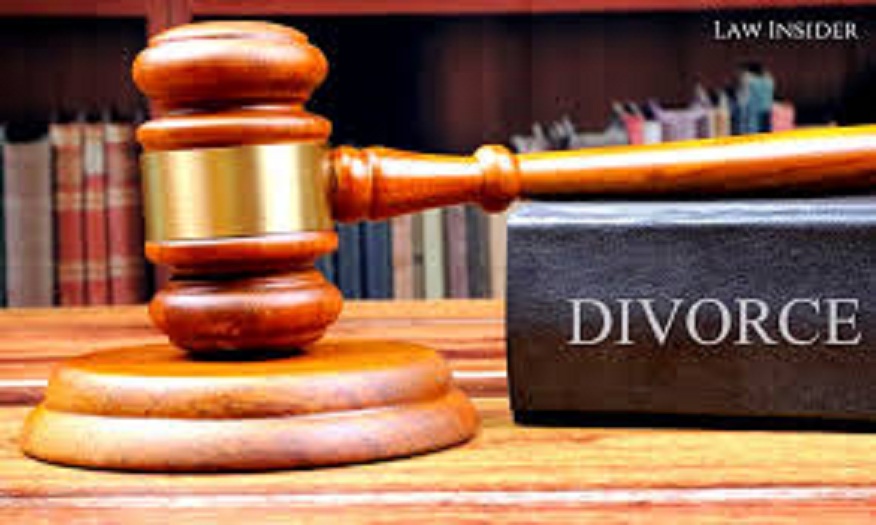Bankruptcy has helped millions of Americans reduce debt and get a fresh start. There are different types of bankruptcies, so it is essential to understand the distinctions and similarities. First, let’s understand the concept of bankruptcy .
What is the definition of bankruptcy?
More than just a way to lose a game of Monopoly, when you go before a judge and tell him that you can’t pay your debts. Then, depending on the circumstances, they erase your debts or work out a repayment plan for you. Different people file for bankruptcy for a variety of reasons, including job loss, divorce, medical emergency, or death of a family member. In fact, over 730,000 types of non-commercial bankruptcies were filed in 2018.1. That’s insane!
It is also important to understand that bankruptcy does not discharge student loans , government debts (taxes, fines or penalties), reaffirmed debt (where you agree to meet the terms of an existing loan), child support children or alimony. So if these are your only debts, bankruptcy is not the way to go.
What are the different types of bankruptcies?
Although the general purpose of bankruptcy is to discharge debts, not all bankruptcies are created equal. In reality, there are six different types of bankruptcies:
You may have had a look at this list and then you’re zoned out for the rest of the time. It’s OK. A chapter simply refers to the specific section of the United States Bankruptcy Code where the law is located. But we’ll go over each type so you know your options.
#1. Chapter 7 Bankruptcy
Chapter 7 bankruptcy, also known as liquidation or outright bankruptcy, is the most common type of individual bankruptcy. A court-appointed trustee oversees the liquidation (sale) of your assets (anything of value in your possession) to pay off your creditors (the people you owe money to). Any remaining unsecured debt (such as credit cards or medical bills) is usually paid off. However, as noted earlier, this does not include debts that are not dischargeable through bankruptcy, such as student loans and taxes.
Depending on the state you live in, the court may not order you to sell certain items. During Chapter 7 bankruptcy, for example, most people are able to maintain basic necessities such as their home, car, and retirement accounts, but there are no guarantees. Chapter 7 cannot stop a foreclosure; he can only postpone it. The only way to keep the items you still owe money for is to reaffirm the debt, which means re-entering the loan agreement and continuing to make payments. However, the vast majority of Chapter 7 bankruptcies are no-asset cases, meaning there is no property of sufficient value to sell.
You can only declare Chapter 7 bankruptcy if the court determines that you are not making enough money to pay off your debts. This decision is based on the means test, which compares your income to the state average and examines your finances to determine if you have sufficient disposable income. If your income is insufficient, you may qualify for Chapter 7.
#2. Chapter 13 Bankruptcy
While Chapter 7 bankruptcy often results in debt forgiveness, the individual type of Chapter 13 bankruptcy essentially reorganizes it. The court approves a monthly payment plan that allows you to pay off some of your unsecured debt and all of your secured debt over three to five years. Monthly payment amounts are determined by your income and the amount of debt you have. However, the court has the power to impose a strict budget on you and monitor all your expenses (ouch!).
Unlike Chapter 7, this type of individual bankruptcy allows you to keep your assets while catching up on any non-bankruptcy related debt. The different types of Chapter 13 bankruptcy can also help you avoid foreclosure by giving you more time to pay off your mortgage.



